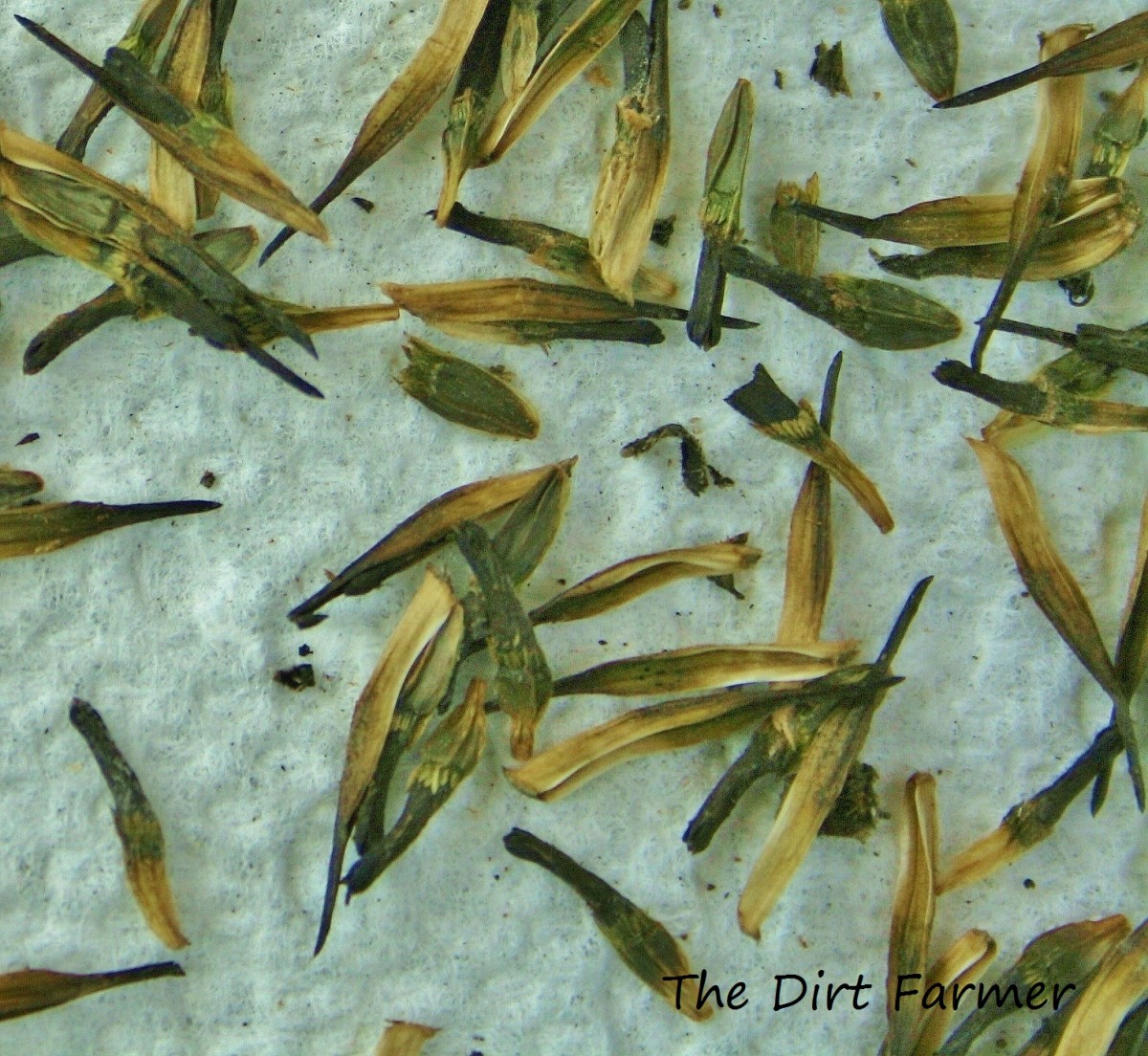

Propagation Įchinacea purpurea is propagated either vegetatively or from seeds. The cultivars 'Ruby Giant' and 'Elbrook' have gained the Royal Horticultural Society's Award of Garden Merit. It thrives in either dry or moist soil and can tolerate drought once established. Numerous cultivars have been developed for flower quality and plant form. The flowers can also go into the composition of fresh bouquets. The fruit is an achene, sought after by birds.Įchinacea purpurea is grown as an ornamental plant in temperate regions.
#PURPLE CONEFLOWER SEEDLING FULL#
The plant prefers well-drained soils in full sun. The involucral bracts are linear to lanceolate. The tubular florets are hermaphrodite while the ligular florets are sterile. These are surrounded by a ring of pink or purple ligulate florets. The inflorescence is a capitulum, 7 to 15 cm in diameter, formed by a prominent domed central protuberance consisting of multiple small yellow florets. The alternate leaves, borne by a petiole from 0 to 17 cm, are oval to lanceolate, 5-30 x 5-12 cm the margin is tightened to toothed. It is pollinated by butterflies and bees. Its individual flowers (florets) within the flower head are hermaphroditic, having both male and female organs in each flower. Its cone-shaped flowering heads are usually, but not always, purple in the wild. Depending on the climate, it blooms throughout summer into autumn. Other names include: Broad-leaved purple coneflower, Eastern Purple Coneflower, Hedgehog Coneflower, Echinacea.Įchinacea purpurea is an herbaceous perennial up to 120 cm (47 in) tall by 25 cm (10 in) wide at maturity. The authors proposed to retain the names not to cause confusion among gardeners and herbalists.

discovered a misapplication of the name Echinacea purpurea (L.) Moench for the taxon correctly named Echinacea serotina (Nutt.) DC. Just two decades later, De Candolle raised him to the rank of species of the other genus Echinacea serotina (Nutt.) DC.

In 1818, Thomas Nuttall describes a new variety that he named Rudbeckia purpurea var. Originally named Rudbeckia purpurea by Linnaeus in 1753 in Species plantarum 6, it was reclassified in 1794 by Conrad Moench, in a new genus named Echinacea purpurea (L.) Moench. The epithet purpurea means 'reddish-purple'. Its habitats include dry open woods, prairies and barrens.Įchinacea is derived from Greek, meaning 'spiny one', in reference to the spiny sea urchins 'εχίνοι' which the ripe flower heads of species of this genus resemble. It is most common in the Ozarks and in the Mississippi/ Ohio Valley. It is native to parts of eastern North America and present to some extent in the wild in much of the eastern, southeastern and midwestern United States as well as in the Canadian Province of Ontario. Propagate by root cuttings from late autumn to early winter.Echinacea purpurea, the eastern purple coneflower, purple coneflower, hedgehog coneflower, or echinacea, is a North American species of flowering plant in the family Asteraceae. Propagate by division in spring or fall although this plant resents disturbance.


 0 kommentar(er)
0 kommentar(er)
